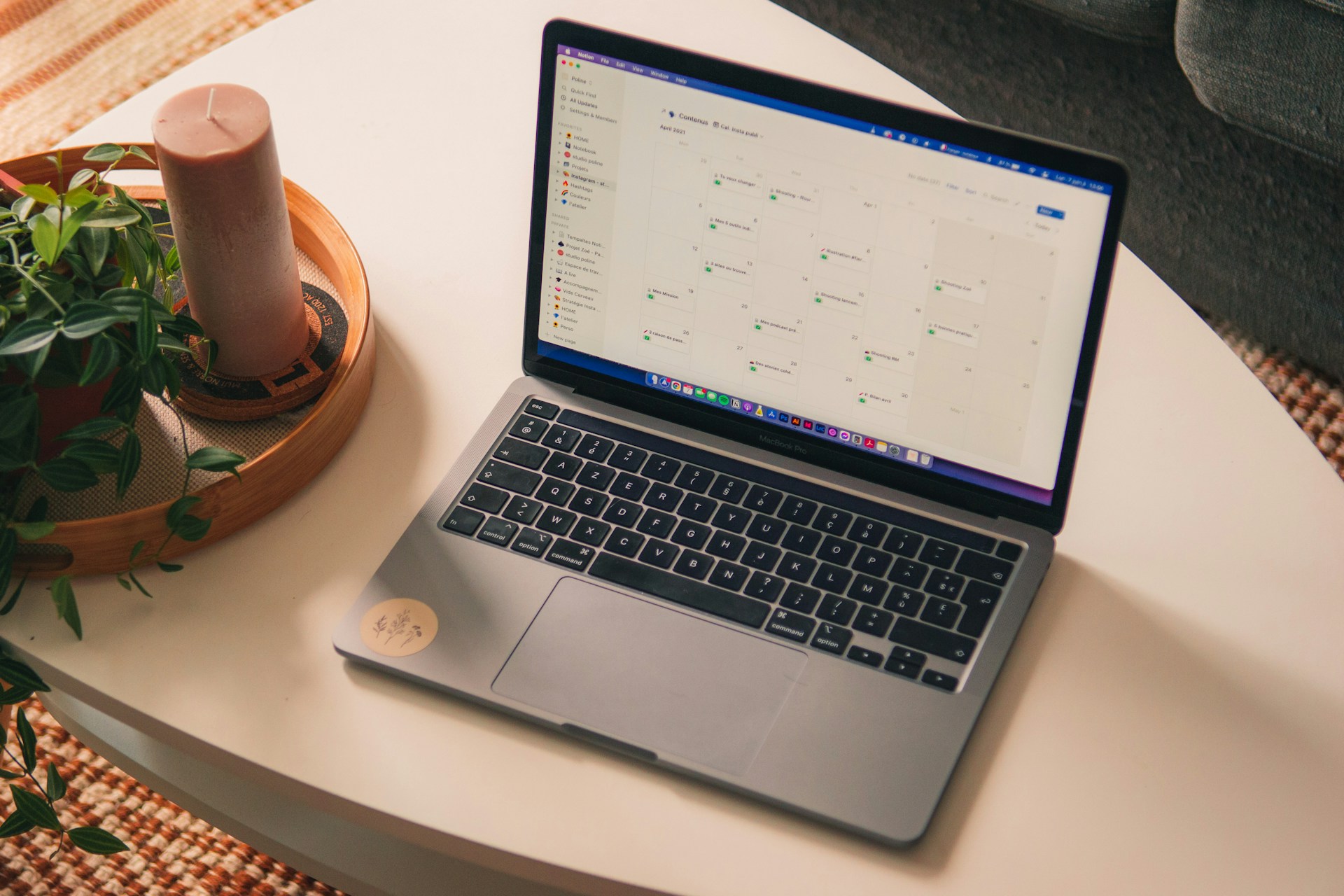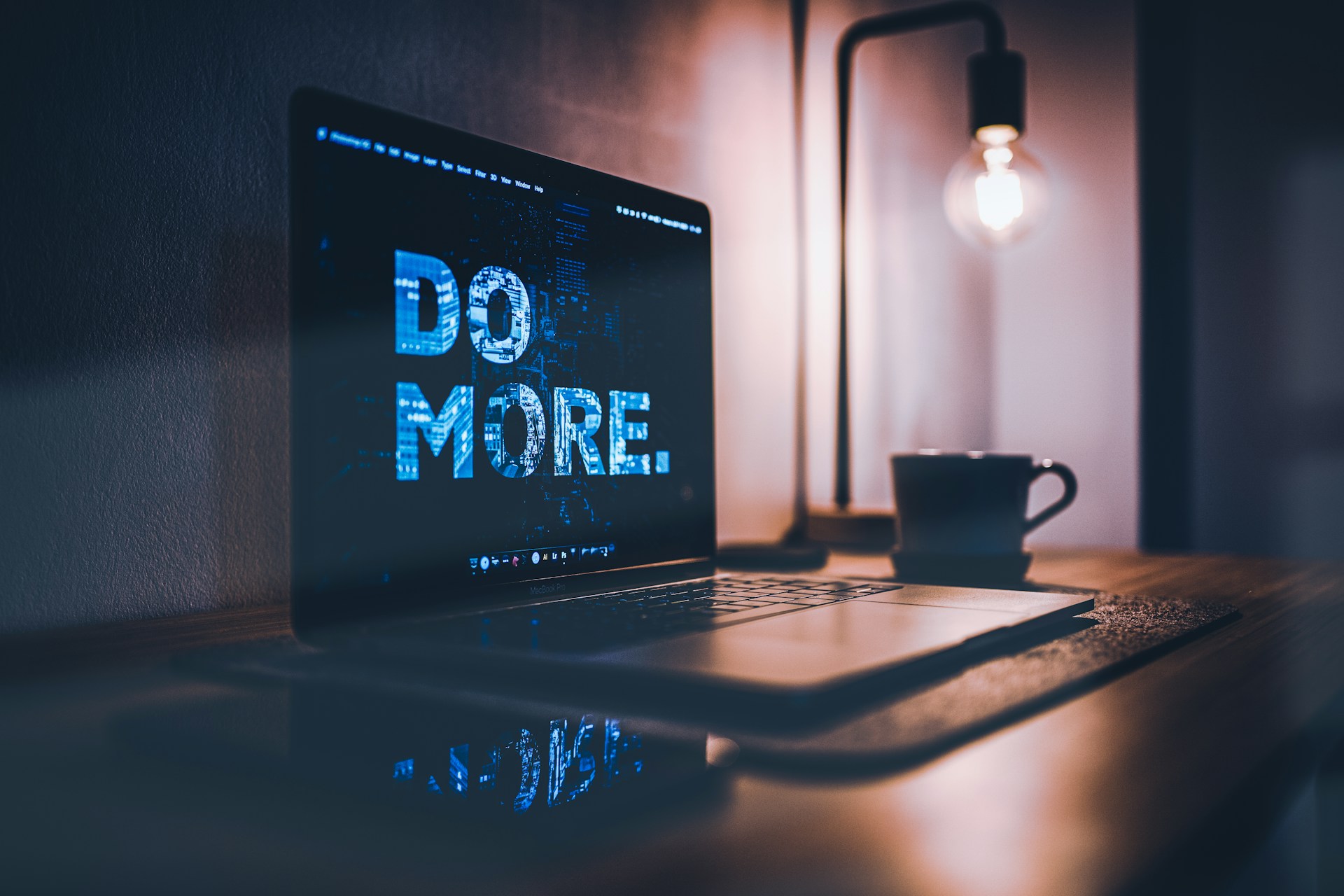Most of us look at efficiency and productivity as more than mere buzzwords. Sure, we hear these words all the time, but we want them to be real achievements in our lives, especially at work. However, we quickly realize there is no one-size-fits-all approach when optimizing our own work routines.
You can’t deny that good work habits, productivity tools, and tailored workflow customizations can make you more efficient and, consequently, more satisfied at work. That’s when we must start looking at app customization steps.
In this article, we look at why customizing your workday with tailored apps positively impacts personal productivity and some tips to get started.
Understanding Personalized Workflows
App customization is tailoring technology to fit individual work styles, needs, and more. At the core, this approach acknowledges that each person's workday is unique and adjusts accordingly.
Taking on a customized approach to work is a game changer because it lets you focus on your strengths. As a result, you tend to streamline tasks and manage your time more effectively. Top performers personalize workflows to create a work rhythm that resonates with their style, resulting in higher productivity and less burnout.
Studies have proven that personalization directly impacts your productivity. They create a sense of autonomy and increase your competence, among many other benefits. Moreover, personalization can significantly enhance intrinsic motivation, a key driver for productivity and creativity.
There’s also some significant research that shows that personalized work routines also reduce cognitive load. For example, a study made by Edutopia emphasizes reducing extraneous cognitive load and improving work environments as key strategies to enhance learning and productivity by simplifying tasks and minimizing distractions. So, when you align your apps and tools with your natural workflow, there is less mental effort spent adjusting to the tool.
The Role of Technology in Workday Customization
Technology plays a pivotal role in shaping today's work habits and schedules. Workers can now go beyond traditional methods of task and time management. In 2022, the productivity app market hit over $9.420 billion. That number will only rise in the next few years.
The future of productivity apps continues to look brighter with every passing year. These software and systems give you unparalleled flexibility to tailor your workdays to fit your specific rhythms and preferences.
Integrating apps enhances customization, fostering a seamless and interconnected work environment. This synergy in your workflow promotes smoother operations, allowing information to flow effortlessly between tasks, calendars, and communication tools, minimizing the need for constant manual intervention.
Assessing Your Workday Needs

To start customizing your productivity and efficiency-boosting apps, you must start by assessing your work needs. Consider the following strategies when you do:
- Analyze Your Daily Tasks — Break down your typical workday to understand where most of your time is spent. Identify tasks that are time-consuming or repetitive.
- Identify Bottlenecks — Pinpoint areas where you face delays or challenges in your routine. This could include information bottlenecks, communication gaps, or inefficient processes.
- Set Clear Goals — Determine what you want to achieve in your workday. Goals could range from increasing productivity to improving work-life balance.
- Prioritize Tasks — Assess which tasks are most critical to your goals and which can be delegated or scheduled at a less busy time.
- Evaluate Time Management — Look at how you currently manage your time. Identify periods of high productivity and times when you are less efficient.
- Reflect on Work Habits — Consider your work habits, like what time of the day you have the most energy, how you handle stress, and your preferred working style.
- Seek Feedback — If possible, ask colleagues and mentors for feedback on areas where your work routine can be improved.
Tailoring Apps for Personal Success
Customizing apps to suit individual work preferences can significantly enhance productivity. Allow us to share some practical ways to tailor apps across various aspects of your workday:
Time Management
Efficient time management is crucial for productivity. Apps like Todoist or Google Calendar help you schedule tasks and set reminders. Customize notification settings to minimize distractions and consider using time-tracking features to monitor productivity patterns.
Task Prioritization
To unlock the full potential of your task organization, consider diving into dynamic platforms such as Asana or Trello. These tools don't just let you set deadlines and monitor progress. They also offer a smarter way to navigate through your priorities. By incorporating color-coding or tagging, you can categorize tasks effortlessly, transforming your management and prioritization process.
Communication
Platforms like Slack or Microsoft Teams are game-changers for streamlining your team's communication. By creating custom channels or groups, you can ensure that different project teams have their dedicated spaces for collaboration. Features such as status updates and do-not-disturb modes help manage availability and foster organized, efficient communication across the board.
Additionally, visual communication helps teams improve communication between themselves and their customers. For instance, using a screenshot app, you can capture your entire screen or a part of it, and even annotate it for more clarity, then share the screenshot with your team or customer to take action on it. This cuts down on the back and forth and gets you to communicate your point faster.
Project Management
The complexities of project management demand sophisticated solutions, and that's where platforms like Monday.com or Jira come into play. With these, customizing dashboards for a comprehensive overview of your projects becomes straightforward, allowing for quick assessments at a glance. More so, integrating these platforms with other tools you're already using centralizes project information, ensuring a cohesive approach to managing every detail of your projects.
Collaboration
You can empower your team to collaborate seamlessly using tools like Google Workspace or Dropbox. Setting up shared folders or documents facilitates easy access for everyone, ensuring that collaboration is as simple as clicking a link. With features like comment and edit tracking, maintaining transparency and promoting efficient teamwork becomes the norm, not the exception. This approach to collaboration improves productivity and enhances the overall team dynamic.
Well-being and Focus
Prioritize well-being and focus by incorporating apps like Headspace for mindfulness and stress management. Additionally, use focus timer apps like Forest to encourage concentrated work sessions. These tools contribute to a balanced and focused work environment.
Implementing App Customization

Are you planning to implement app customizations in your workflow? Here’s a step-by-step guide on how to personalize and integrate apps effectively.
Assess Your Current Workflow
Your best starting point is to look at your current workflow and use that as your basis. Begin by evaluating your current work routine. Identify what's working and what's not. Note the tasks that consume most of your time and are essential for productivity.
Identify Key Areas for Improvement
The next step is pinpointing specific areas where apps could streamline your process, such as time management, task tracking, or communication. To maximize productivity through personalized app usage in your workday, consider it akin to the diverse array of college majors. Tailoring your app selection and customization is a deliberate process, like choosing a major that aligns with your passions and career goals, to ensure a purposeful and effective professional journey.
Research and Select Your Apps
Start by figuring out what you need help with, like organizing your time, working with your team, and keeping track of your projects. Then, look for apps with features to help you with these things. Some essential features to look out for might include calendars, ways to work together on tasks, and tools to help you manage your projects. It's also a good idea to check out what other people say about these apps and try their free versions or free trials to see if the app actually aligns with your needs.
Also, consider choosing apps that let you change things to suit your way of working. Some solutions let you use colors and tags to organize tasks, set up your own chat groups, or adjust the layout of your project boards. This way, you can organize your dashboards, making it easier to prioritize and monitor your work.
Test Apps for Compatibility
Ensure the apps you choose integrate well with each other and any existing tools you use. Check for features like data sync, cross-platform availability, and third-party integrations.
Customize App Settings
Tailor the settings of each app to suit your work style. This might include notification preferences, dashboard layouts, and task categorization methods. Utilize any personalization features offered by the app to enhance your workflow.
Integrate Apps into Your Routine
Gradually introduce the apps into your daily routine. Start with one or two apps before adding more. Pay attention to how these apps interact with each other and your workflow, and find ways to automate integrations. You can use tools like Zapier and Make to set up these automated interactions.
Create a Unified System
Efficiently streamline your work processes by creating a cohesive system where apps work together seamlessly. For example, integrating Google Calendar with a productivity app enables automatic synchronization of tasks and deadlines between your calendar and productivity tool. This way, you can eliminate the need for manual data entry. Connecting these apps ensures that your schedule aligns seamlessly with your task management, providing a centralized and up-to-date view of your priorities.
Train Yourself and Team Members
If applicable, ensure you and your team get proper training on app usage and productivity best practices. Coach unproductive team members by sharing tips and best practices for maximizing the apps’ potential and being willing to learn from others.
Monitor and Adjust Regularly
Regularly review how well the apps fit into your workflow. Be open to making adjustments, such as changing a setting or switching to a different app.
Seek Feedback and Iterate
If you’re working in a larger team, gathering feedback on the app usage and its impact on workflow is best. Continuously iterate and improve your app ecosystem based on that feedback. Don’t forget to consider your evolving work needs, as your role or job description can expand with time.
Measuring Success and Adapting
To truly benefit from customized app usage, you should make it a point to track progress and evaluate your effectiveness. Regularly measure how these tools impact productivity, time management, and overall work satisfaction.
We recommend using built-in analytics features within your apps or selecting external tracking methods to gather data on your app interactions and outcomes. Be attentive to changes in your work dynamics and open to feedback, whether from self-reflection or team input.
Ongoing evaluation allows you to make informed adjustments to ensure your app ecosystem aligns with your evolving work needs. This way, you continue to drive success in your professional life.
Unleashing Your Productivity Potential
As you move forward, keep in mind that app customization is vast and ripe with possibilities. We encourage you to explore and experiment with different apps, continually refining your digital toolkit to suit your evolving needs best.
Embracing this approach will empower you to adopt new tools while actively shaping a more productive, satisfying, and successful work life. The power to maximize your potential lies in your hands; harness it and watch your productivity soar.
About the author:
Max Turner is a content enthusiast and avid explorer of ideas. His passion for storytelling and connecting with audiences drives him to uncover unique perspectives and craft engaging narratives. When not immersed in creative pursuits, Max enjoys outdoor adventures and experimenting with new recipes. With his refreshing blend of creativity and authenticity, Max brings a unique perspective to the world of content creation.
What would you like to know, and what would be the best way to share this information with you? What are the best tips & tricks, what workaround do you use? We'd really appreciate your insight on these ones to make our integrations better, more productive, and much more efficient. Comments, tweets are always welcome.